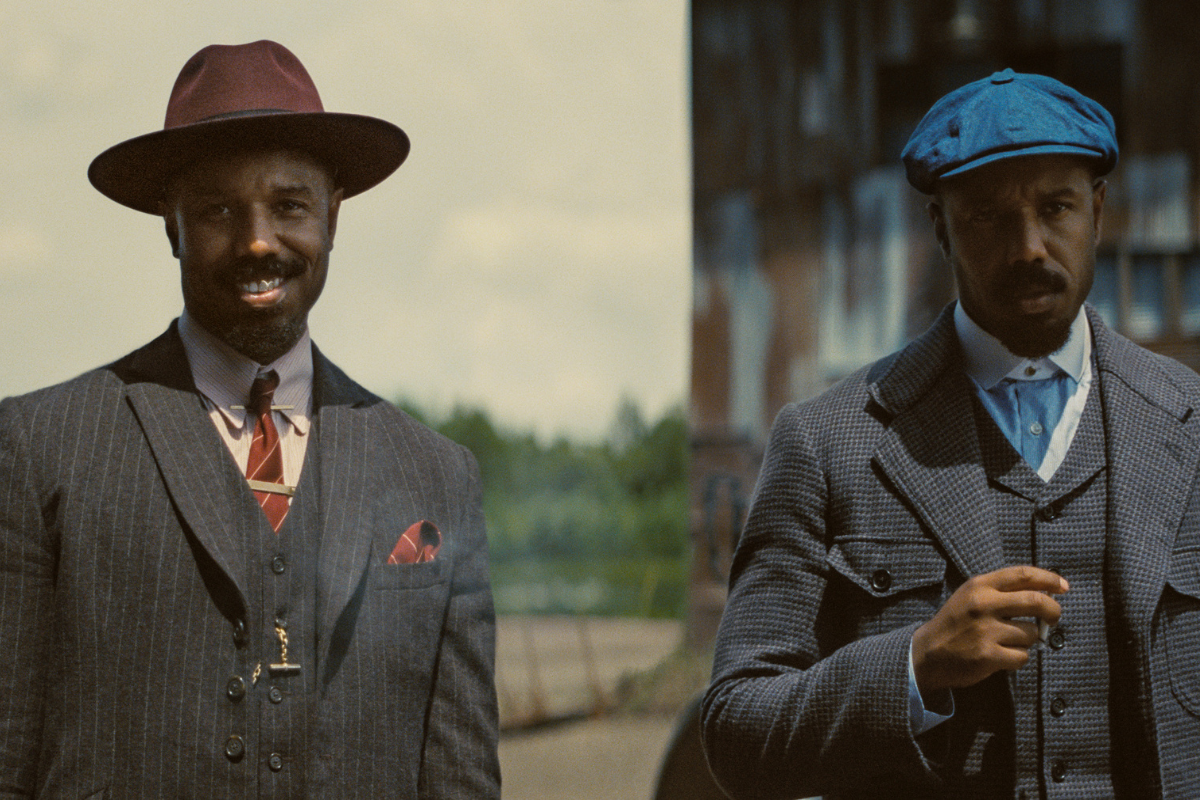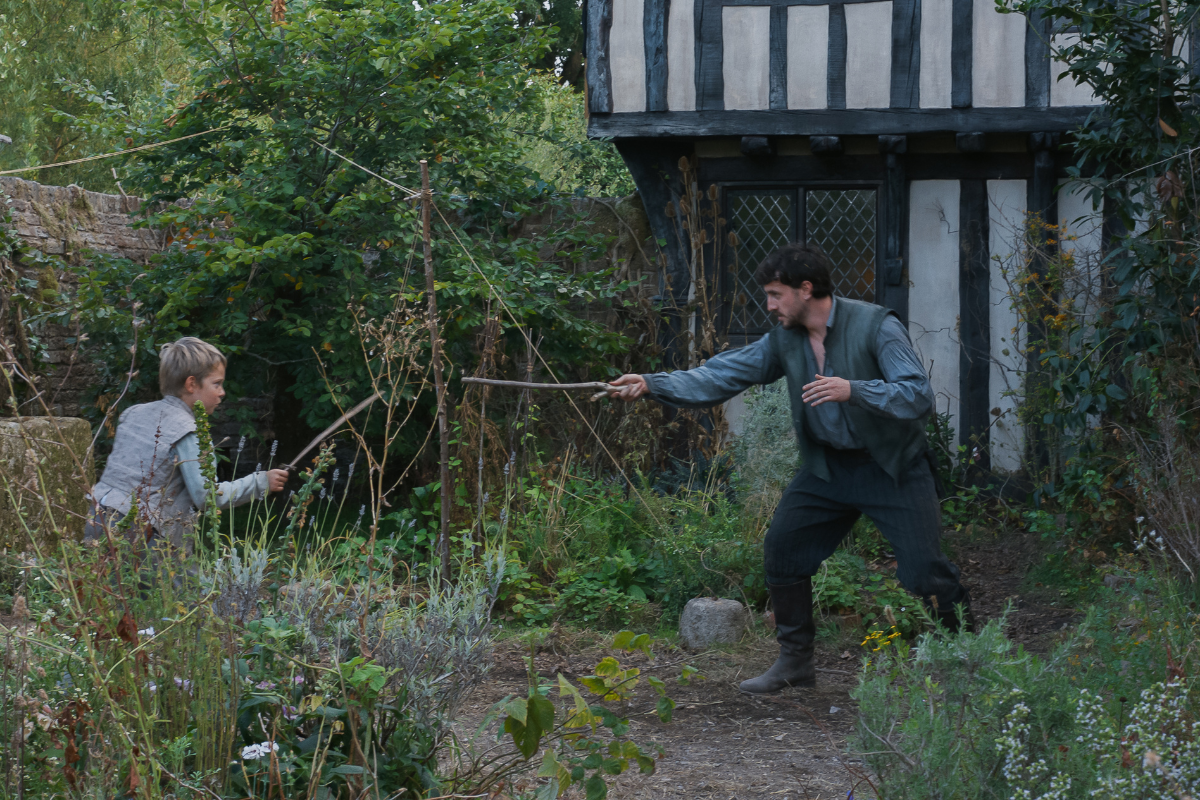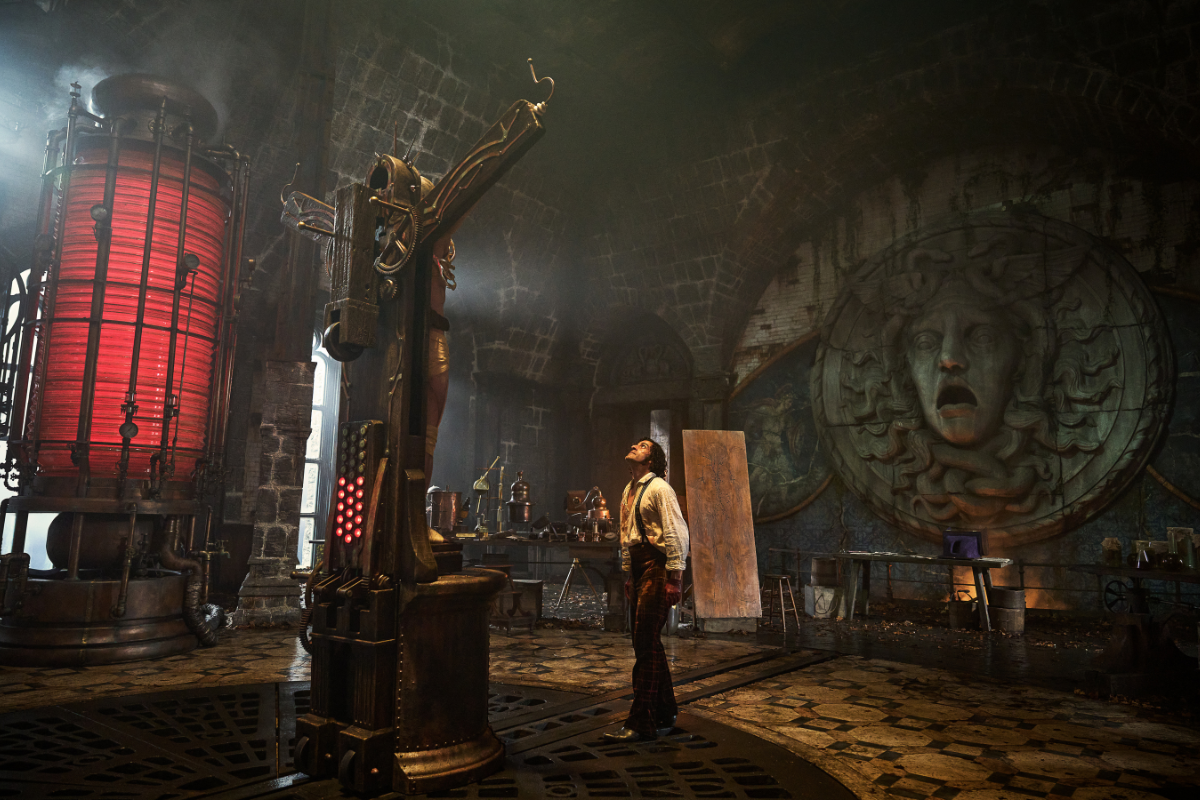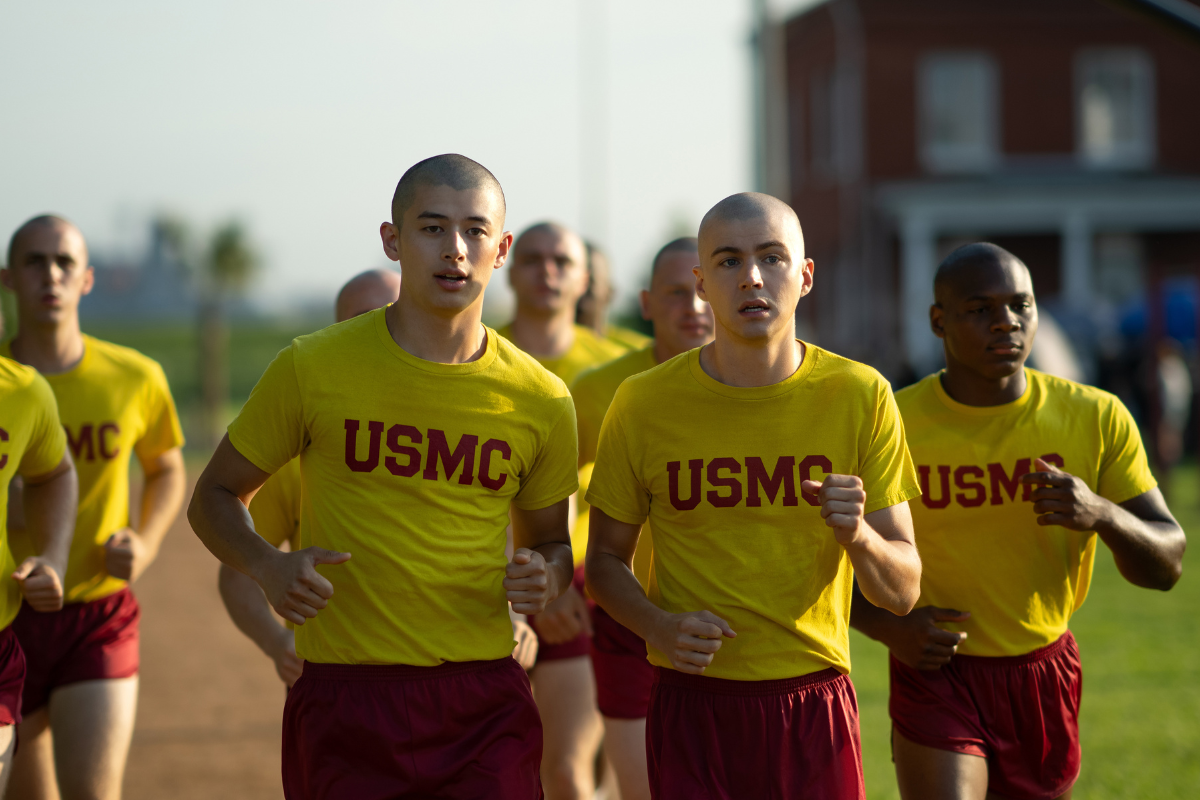NOTES FROM THE MARGINS: Adapting Books Into Screenplays
Before you try adapting a book into a screenplay (your own book or someone else’s), you need to know the difference between the markets.
Danny Manus is an in-demand script consultant and founder of No BullScript Consulting and author of No B.S. for Screenwriters: Advice from the Executive Perspective. Follow Danny on Twitter @dannymanus.
Writing novels and writing screenplays require two very different skill sets, both learnable with time and practice. And with the flourishing amount of books turned into films these days, it’s something you should probably look into.
Before you try adapting books into screenplays—your own book or someone else's—you need to know the difference between the markets.
First, online estimates say there are over 250,000 books published every year worldwide. In contrast, there are only about 270 movies released every year domestically, and much fewer scripts actually sold (and FAR fewer sold for real money). So, just using those numbers, it is about ONE THOUSAND times more difficult to sell a screenplay than to get a book published—and quite frankly, it's probably even harder than that.
Sign up for our newsletter and get a free download with tips on How to Turn a Book into a Movie!
The book market is widespread and has many niches. There are hundreds of publishers and each have a different type of project they'd like to publish. There are only 7 studios and they all want exactly the same thing. Most books just aren't adaptable—or rather—they SHOULDN'T be adapted. Most people's true stories AREN'T cinematically interesting or commercial. You have to be realistic about your material and realize if that biography about the man who created the soybean you wrote—is really commercial or visual or cinematic enough to be worthy of an adaptation (it isn't). Novels can be 200–500 pages while screenplays are usually 85-130 pages. Therefore, novels can give a much more detailed, intricate description and explanation about stories, settings and characters and really explore—in words—what the characters are thinking, imagining, pondering, remembering, feeling, etc.
With screenplays, everything has to be on screen. There's no writing about what the character is feeling or thinking—you have to show it through visuals, behavior, actions and in dialogue. Novels can explore the backstories and histories of your character and take 20 pages to do so. In a screenplay, your back story has to be woven into the current story or shown in a flashback that's less than four pages.
Novels can jump time periods easily and don't always have to be linear or structured. With screenplays, there should usually be a clear three-act (sometimes four-act) structure, and there needs to be a really good reason for a screenplay to be told non-linearly. With novels, you get a book jacket (or a mini-synopsis on the back) that will tell you immediately if this is a book you want to read. With screenplays this isn't the case, so it's the first 10 pages or so that have to grab you or else people won't read further. The first page of a book is important—but the first page of a screenplay could be everything. Now that you know some of the differences, how do you actually start the adaptation process?
First, make a list of the following:
- The world and setting of the story.
- The 5–8 main characters of the story including the protagonist and antagonist, what their respective back stories are and why/how they come together.
- What 5 things about your main protagonist/antagonist are the most important for an audience to know.
- The major core conflict of the story and why/how this occurs.
- The most visual and key scenes in the book that connect to how that conflict plays out.
- Your 10–20 FAVORITE lines of dialogue that drive the plot, are vital to the story or character development and that really shine.
- The major overarching theme of the book.
Be aware that you will probably have to cut many supporting characters, subplots that don't connect to your main storyline, and almost all of the description. Instead of two pages of character description, you only get two lines. Often, two or three different characters in a novel will be combined into ONE character in a screenplay. And what happens on the first page of the book may not be how you need to open the film. Try to nail the same tone that the original material had—as that is part of what built its fan base and that tone needs to translate on film. But the real key to adapting a book to film or adapting someone's true story—is FOCUS and knowing how and when to take poetic license.
If you are adapting a true story, it becomes even trickier, but you need to know that changing the timeline of the original story is OK. Your primary job isn't to be loyal to a book or to another writer or even to the main character—it's to be loyal to the core story and yourself. You can't show a whole lifetime on screen (except maybe in Benjamin Button), so you need to choose the most important, interesting, conflict-filled, character-building part of the book or the person's life—and focus on that to create a tight story.
Or alternatively, if you're adapting a small personal story, you may need to expand it to fill the screen. All those Nicholas Sparks novels are incredibly small and usually depressing, but the screenplays introduce more conflict and raise the stakes. Though not based on a book, let's examine Academy Award nominated The Fighter, which was based on a true story. The screenwriters looked at all the material they had—all the characters, all the true things that happened, the time range of the real story—and then wrote what worked. The Amy Adams character wasn't even in Mickey's life at the time he won those fights. Many characters were combined and the time period was totally fudged so that the story became more cinematic and engaging but it kept the essence of the characters involved, the story and the emotion of it all.
That's exactly what your job is when adapting a book or person's true life story. Much like in life, learning to adapt is often a difficult process but can be one of the keys to success. Keep writing!
Related Articles and Tools to Help:
- More Notes from the Margins articles by Danny Manus
- Books and webinars by Danny Manus at The Writers Store
- Notes from the Margins: Cold Call Tips – The Secret Words to Getting Read and Representation
- More Script Mag articles on adaptations
Get Tips on Acquiring Rights to a Book in Our FREE Download
Download tips on adapting books into screenplays!
Join the Script newsletter and learn how to acquire book rights and write an adaptation today!
Danny Manus is an in-demand script consultant and founder of No BullScript Consulting, and was ranked in the Top 15 “Cream of the Crop” Script Consultants in 2010. He is the author of No B.S. for Screenwriters: Advice from the Executive Perspective. Danny shares notes, tips, lessons, anecdotes and information that will hopefully improve your writing, enlighten you about parts of the business that aren’t talked about, lessen the number of notes you get in YOUR margins, and help you further understand what breaking into this business and staying here really entails. Twitter: @DannyManus







